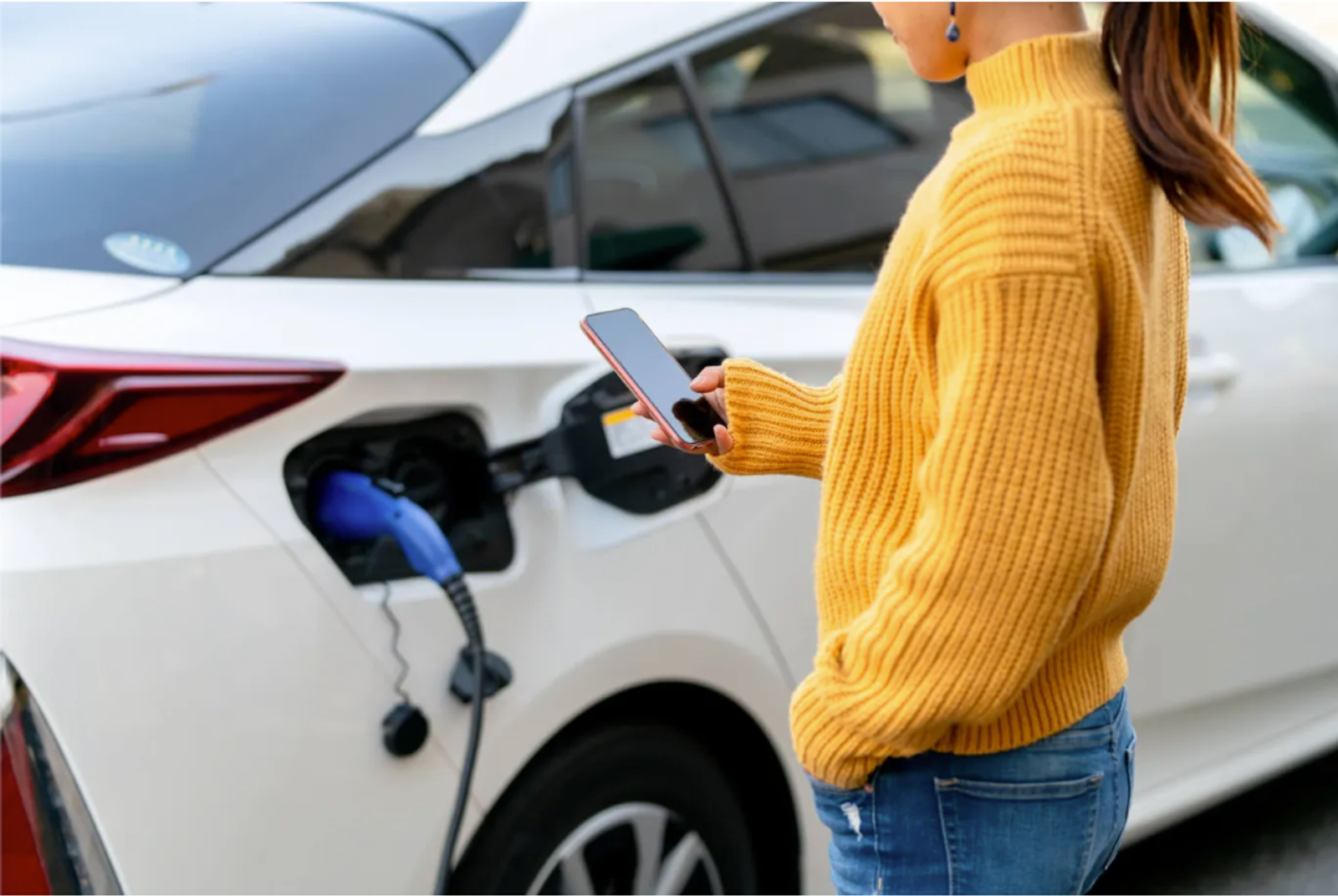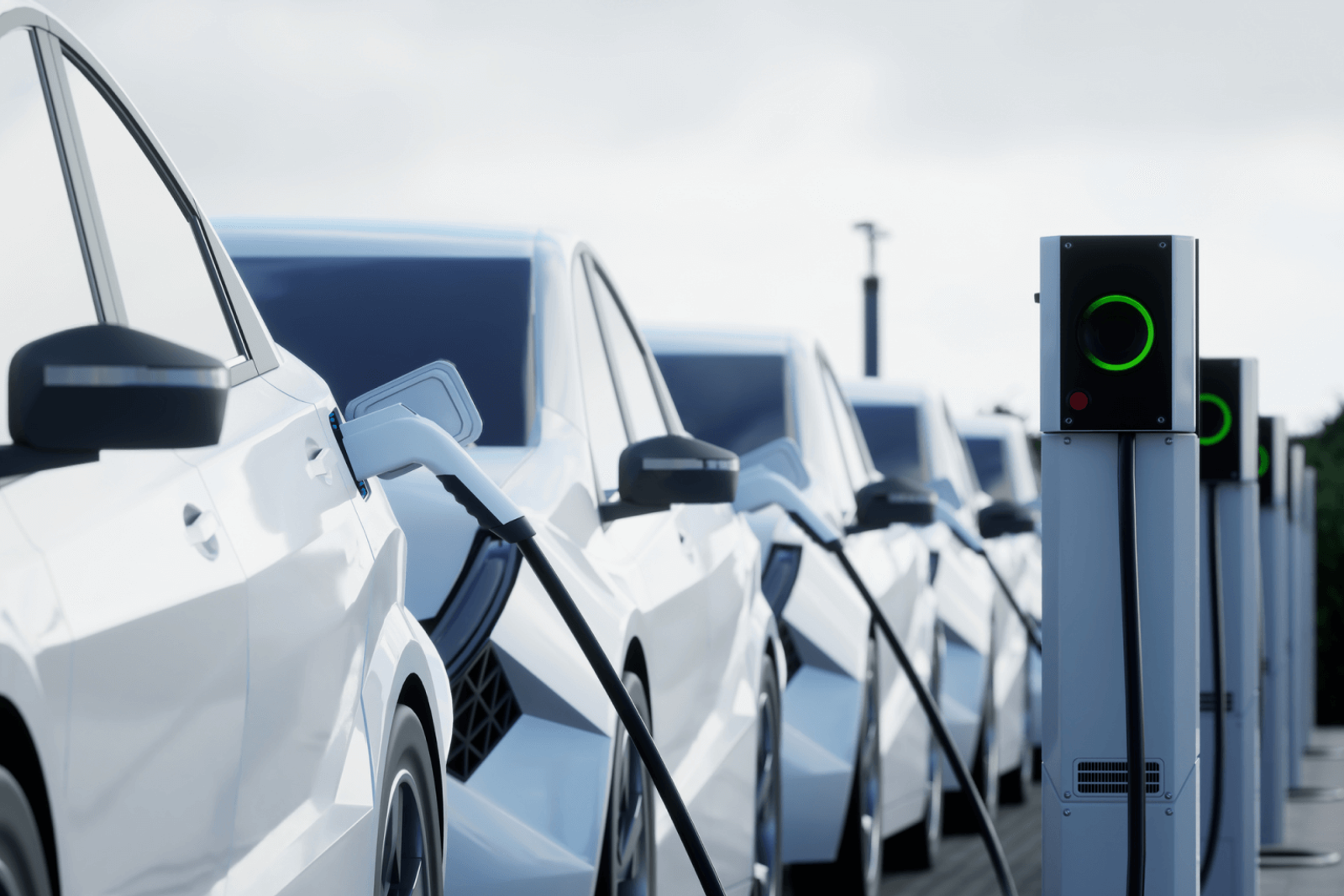Feed a power hungry future
The skyrocketing demand for energy makes it even more essential to manage grid production and availability. Weaving distributed energy sources, like wind and solar, also presents new challenges. Here’s where Cellular IoT plays a critical role.

Manage energy resources with Cellular IoT
Get connectivity with dual cores for guaranteed uptime and no reliance on Wi-Fi
From congested urban centers to rural landscapes, Cellular IoT delivers connectivity
Get data from devices across operations to get smarter about energy management
EV charging
By 2030, it is estimated that roughly 40 million drivers worldwide will own EVs. Charge point operators need accurate data to build consumer trust, particularly delivering accuracy in charging station availability. With robust Cellular IoT connectivity at charging stations, EV drivers can be confident that their apps and payments work with no connectivity issues.re.

Advanced Metering Infrastructure (AMI) 2.0
AMI 1.0 enabled utilities to improve their efficiencies with the digitization meter reading, billing and data collection processes. The importance of Cellular IoT grows in the transition to AMI 2.0 where utilities use 5G networks to build smart grid technologies. This will enable them to better control energy usage and leverage real-time data from the grid edge – where the grid and customers meet.

Wind turbines
Wind turbines are playing an increasingly important role in energy production, with a huge 50% increase in capacity in 2023. Learn how monitoring the health of wind turbines with sensors and drones is critical to planning energy supply and maintenance resources from our customer Ping Monitor. Powering sensors with Cellular IoT is ideal in these often remote locations with low to no wireless coverage.

Solar
Cellular-powered IoT sensors on solar panels enable operators to measure energy output and remotely adjust panel tilt to maximize power generation. Sensors also detect weather conditions, enabling operators to predict output and manage power across their grid.

AI
AI poses both an opportunity and a challenge for energy. Energy suppliers can feed the vast amount of data from across their grid operations into AI systems to maximize their power distribution and better predict future generation and consumption needs. AI also places significant demand on the grid, driving a 160% increase in data center power demand by 2030.

FAQs
I’ve got thousands of devices that I’ll need to manage. How do I handle that size scale?
With the Hologram Dashboard, we’ve enabled device monitoring at scale. With a shared pane of glass, your team can automate your SIM lifecycle and get detailed analytics across your entire fleet. Plus, we provide all of the same data via our API, enabling you to easily integrate.
How does remote SIM provisioning work?
Traditionally, SIM cards come pre-programmed, so any necessary updates would require physical access to the device and SIM card slot. For widely distributed deployments, like logistics tracking devices or micromobility fleets, this could pose huge challenges to issuing necessary updates and optimizing coverage. However, with eUICC or multi-IMSI SIM cards, connectivity can be managed like software, with updates issued over-the-air through a process called Remote SIM Provisioning (RSP).
Can you help me understand the differences in SIM card technologies?
It’s simply not realistic to replace SIMs in IoT devices every time you need a new network provider. This reality led to the creation of multi-IMSI and eUICC SIMs, promising multiple providers on one card to give businesses greater control and flexibility with their provider choices. While multi-IMSI SIMs offer an advantage to traditional SIMs, they fall short in fully protecting your connectivity in the event of a major outage. That’s why Hologram created its Outage Protection SIMs, designed to deliver the industry’s first truly fail-safe connectivity. Learn more about SIM technologies.
“Our devices needed to be easy for our customers to install and work wherever our customers are located in over 17 countries today. Hologram gives us the reliable, global connectivity we need at a cost that’s effective for our customers.”
Matthew Stead
Co-Founder and CEO at Ping Services (now eologix)
Keep the power on with Cellular IoT
Our robust coverage ensures your device will work right out of the box with zero end-user setup or configuration.
Our Outage Protection SIMs automatically fallback to a 2nd mobile core for guaranteed availability.
A single source of truth for your operations – any size fleet, anywhere in the world, anytime.